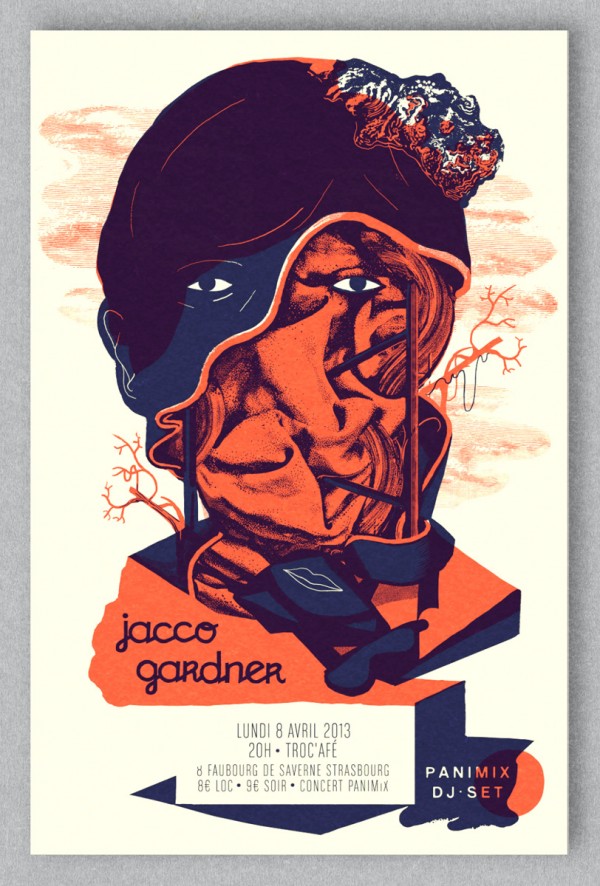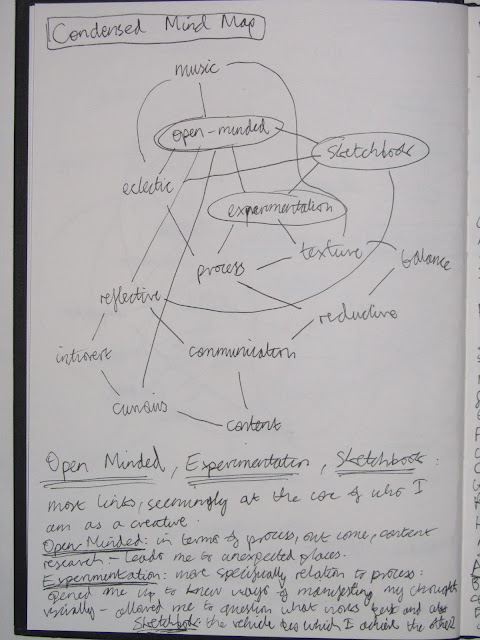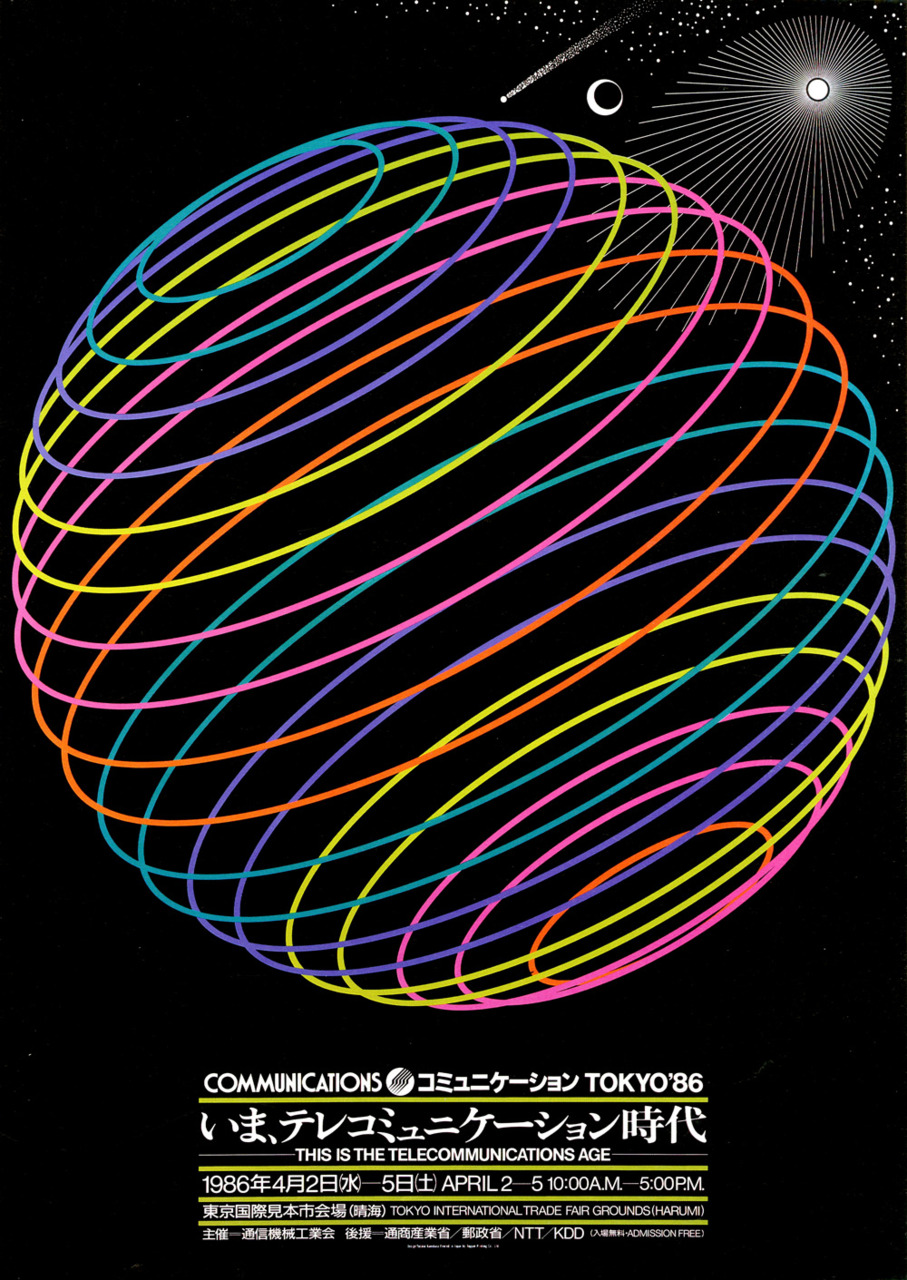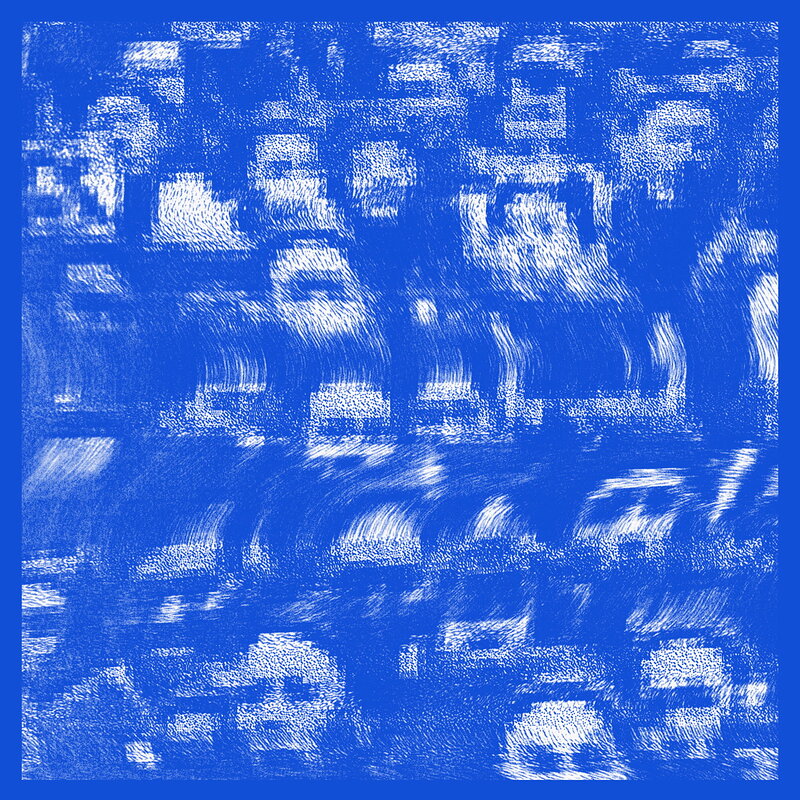|
|
|
Leeds College of Art
BA (Hons) ILLUSTRATION
|
Level
|
04
|
|
OUIL402 Personal & Professional Practice 1
|
Credits
|
20
|
|
End of Module Self Evaluation
|
||
|
NAME
|
Christopher Cooper
|
|
1. What learning have you inherited through
this module and how has it impacted on your own understanding of professional
practice? Consider yourself as a student at University as much as an
illustrator
|
|||||
|
The
main thing I have learnt from this module is how who I am as a person links
to and informs how I work, what I choose to pursue within in it and what
areas of illustration as well as art and design as a whole appeal to me. This
has led me to looking into various different artist and practitioners that I
am deeply interested in based on how they relate to my own intent within my
work and whether or not I feel and can gain something from them in order to
develop my own practice. I have also begun to consider how other aspects
outside of illustration such as music and personality traits have a huge
impact on who I am as a creative practitioner and what it is I am interested
in.
|
|||||
|
2.
What approaches/ types of research have you found most valuable over this
module?
|
|||||
|
The
most valuable form of research over this module has been secondary research
in the form of online articles and blogs as well as taking out various books
from the library. I find this particularly useful as it allows you to seek
out and gain an in depth understanding of the practitioners you are
interested in. This is achieved through being able to extensively analyse
individual images, as well as practitioners portfolios on a whole in terms of
what it is their intent is, what content are they communicating and how this
grounds their output, whether or the context in which the work is viewed has
impacted decisions the artist has made as well as analysing the overall
aesthetic of their work and why it appeals to me.
|
|||||
|
3.
In what way has PPP informed the way your work in other modules and your
illustration practice as a whole?
|
|||||
|
It
has informed my work in other modules through the way in which it as expanded
on my process of analysis of imagery, both in terms of that of other
practitioners as well as my own work. Particularly it has got me questioning
within the other modules how certain aesthetic choices such as colour, shape,
texture etc impact upon the tone of voice of a piece of work and how this can
alter the intent in terms of what content is being communicated through it.
Furthermore it has allowed me to more carefully consider where exactly I want
to push my work in relation to a specific professional practice such as
graphic design and print making and how looking at specific groups of
practitioners can inform how I answer the briefs in relation to this.
|
|||||
|
|
|||||
|
4.
What weaknesses can you identify in your PPP submission and how will you
address this in the future?
The
two main weaknesses within my PPP submission are my Illustrated self response
as well as the types of research I did. Firstly I feel I didn't effectively
or exhaustively explore ideas and media in relation to studio brief 2 to the
same extent I have done in other modules, particularly those contained within
studio practice. Subsequently I feel my final outcome was neither
conceptually, in terms or content and communication, nor aesthetically as
successful as it could have been. Finally although I think the research I did
was highly informative, carrying out more primary research such as going to
galleries as well as documenting and analysing more of the big heads talks
would have given me a better understanding of professional practice and where
I want to go in relation to my own practice.
|
|||||
|
5.
What communities of practice and professional contexts do you intend to
investigate further as you approach level 5? Why do they appeal to you?
|
|||||
|
|
|||||
|
As I approach level 5 I want to
investigate more into practitioners that operate between the boundaries of
graphic design and illustration particularly within the context of print
making. This are of professional practice interests me due to the fact that
often it involves using reductive/minimalist aesthetics to more clearly and
concisely communicate content. This is something I have found myself
constantly exploring within PPP and trying to achieve visually within my other
modules and therefore investigation into it I feel will help expand my own
practice and steer it more to a point where I am happy with what it is I am
doing.
|
|||||
|
6.How
would you grade yourself on the following areas:
(please
indicate using an ‘x’)
5=
excellent, 4 = very good, 3 = good, 2 = average, 1 = poor
|
|||||
|
|
1
|
2
|
3
|
4
|
5
|
|
Attendance
|
|
|
|
X
|
|
|
Punctuality
|
|
|
|
X
|
|
|
Motivation
|
|
|
X
|
|
|
|
Commitment
|
|
|
X
|
|
|
|
Quantity
of work produced
|
|
X
|
|
|
|
|
Quality
of work produced
|
|
X
|
|
|
|
|
Contribution
to the group
|
|
X
|
|
|
|
|
The
evaluation of your work is an important part of the assessment criteria and
represents a percentage of the overall grade. It is essential that you give
yourself enough time to complete your written evaluation fully and with
appropriate depth and level of self-reflection. If you have any questions
relating to the self-evaluation process speak to a member of staff as soon as
possible.
|
|||||







































